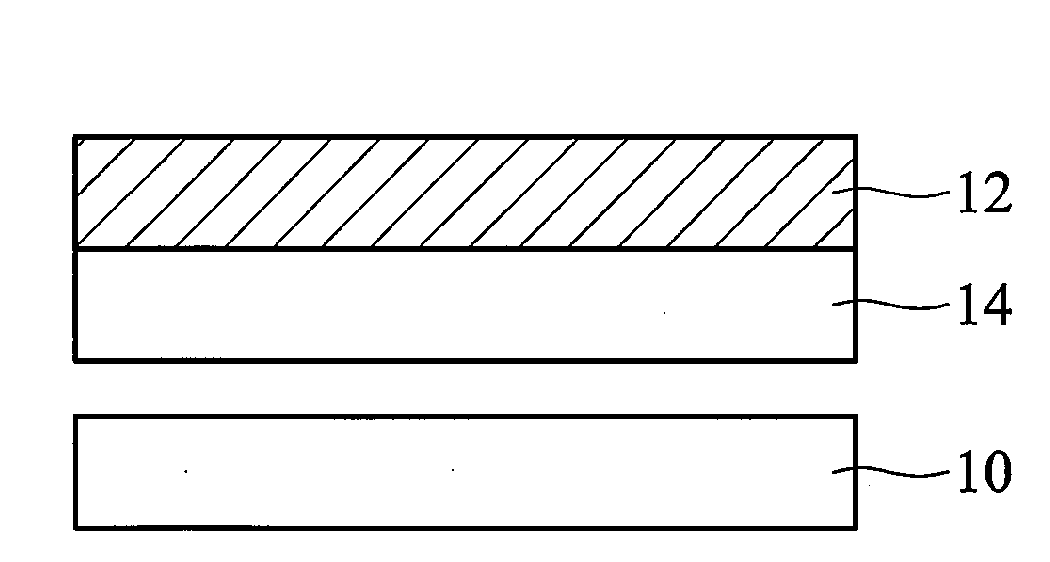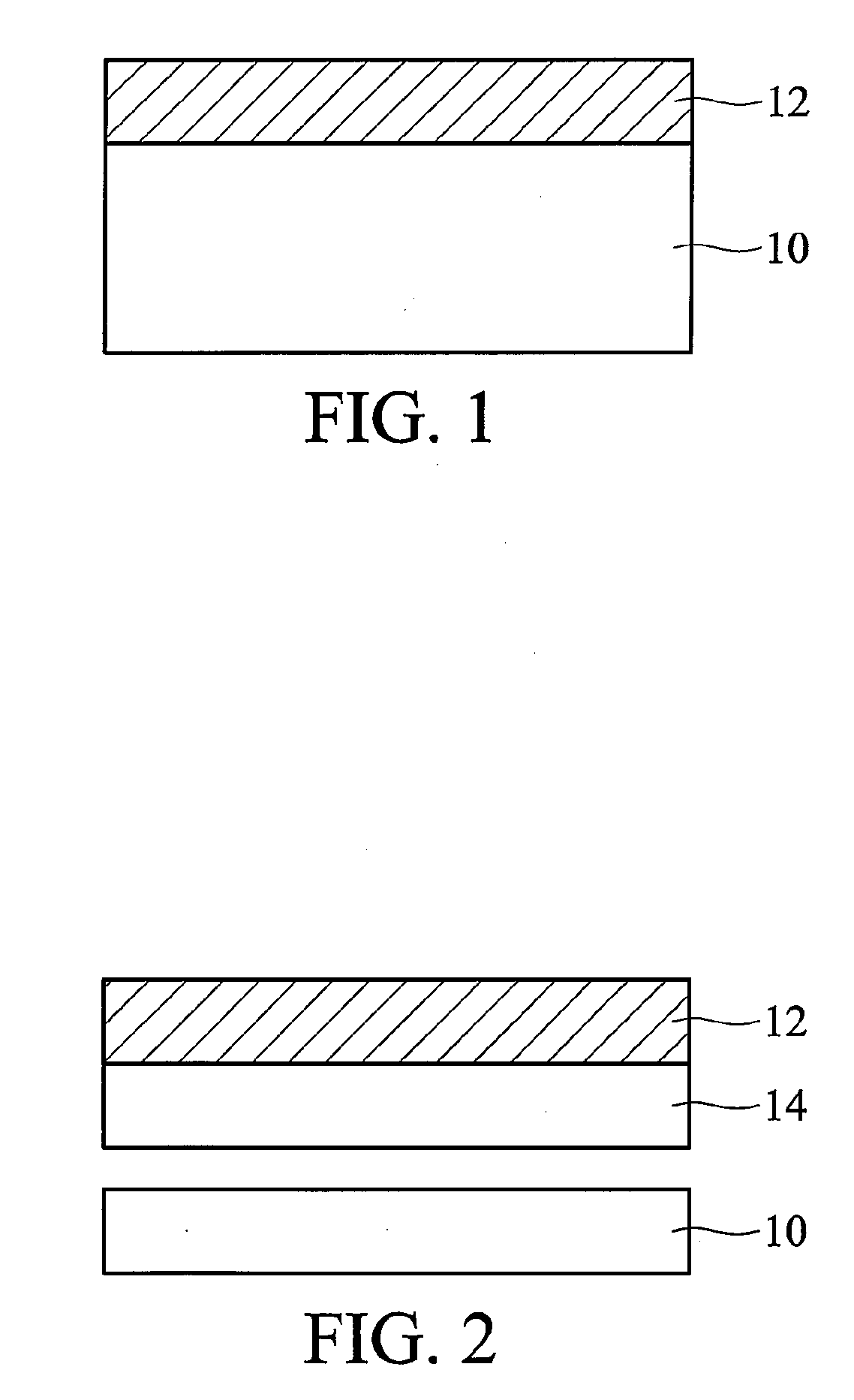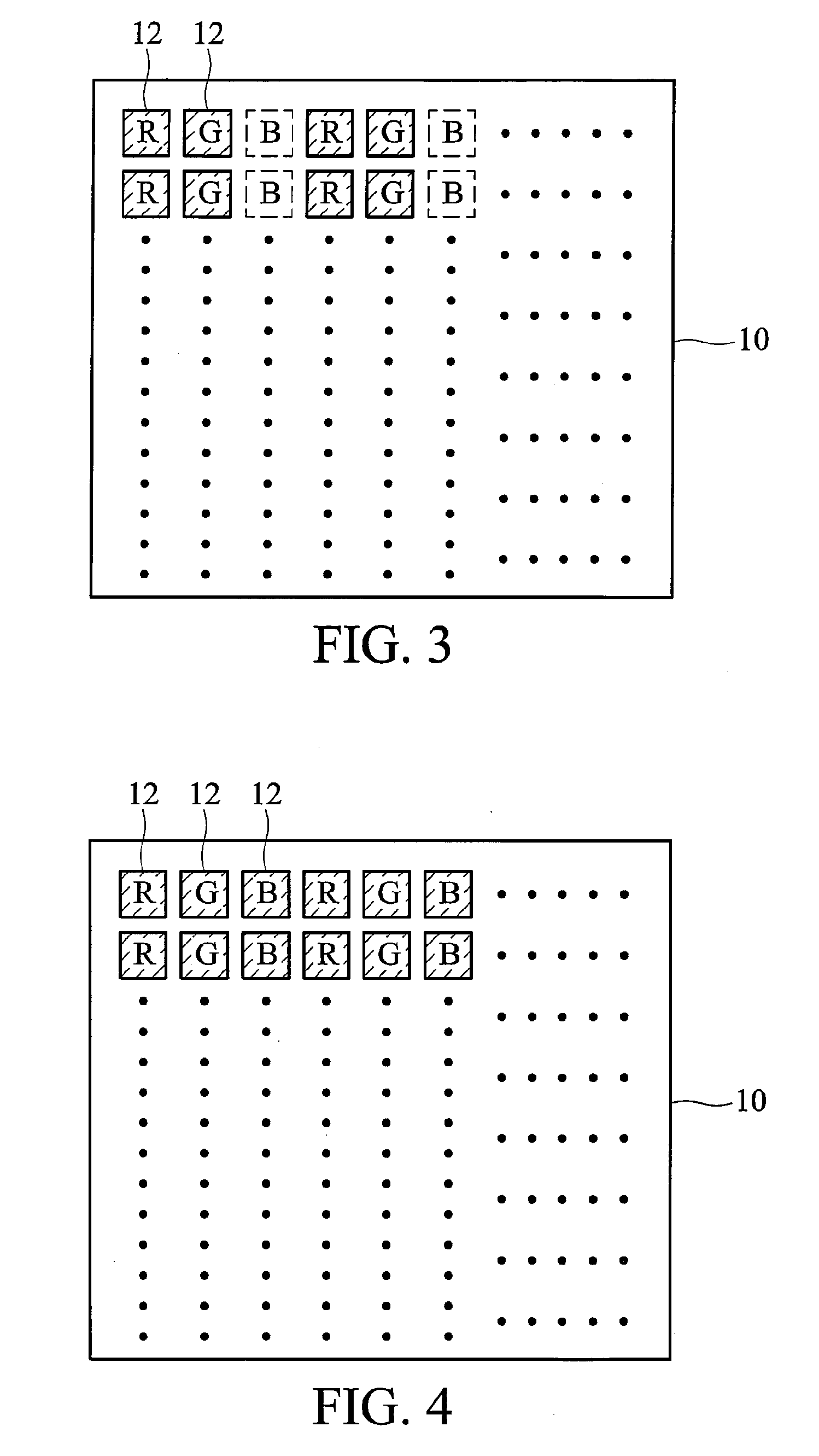Ink composition and fabrication method for color conversion film
a color conversion film and composition technology, applied in the direction of luminescent compositions, instruments, optical elements, etc., can solve the problems of poor conversion efficiency, uniform led light, and complicated methods
- Summary
- Abstract
- Description
- Claims
- Application Information
AI Technical Summary
Problems solved by technology
Method used
Image
Examples
preparing example 1
Synthesis of Monomer m1
2,7-Dibromo-((9,10;9,10-(Tetra-butyl)-propano-indene)-9,10-dihydrophenanthrene)
[0067]3 grams of phenanthrene-9,10-diketone (14 mmole, manufactured by the Aldrich Co., 95%) was dissolved in 60ml HBr (48%, manufactured by the ACS Co.) and 20 ml H2SO4 (manufactured by the Merck Co.), and heated to 80° C., and a small amount of Br2 (manufactured by the ACROS Co.) was slowly added, after which the mixture was allowed to react for 24 hours. After precipitation and filtration, dibromophenanthrene-9,10-diketone was obtained. 2 grams of dimethyl 1,3-acetonedicarboxylate (11 mmole, manufactured by the ACROS Co., 95%), and a mixture of NaOH and methanol were mixed and the temperature was maintained at 60° C. After 36 hours of reaction, 10% HCl aqueous solution (37%, manufactured by the ACS Co.) was added to the reaction mixture for neutralization, and then the mixture was precipitated and filtered. The precipitate collected was dissolved by acetic acid, 300ml 10% HCl aqu...
preparing example 2
Synthesis of Monomer m2
2,7-Dibromo-(9,9′-Bis(3,4-di(2-methyl-butoxyphenyl)fluorene
[0070]76 grams of CrO3 (760 mmol, Aldrich), 400 ml of acetic acid were placed in a reaction vase, 80 grams of dibromo fluorine (248.5 mmol, Aldrich), 300 ml of dichloromethane were mixed to add in the reaction vase, stirred in a ice bath for 1 hour, stirred at room temperature for 1 hour, added water to stop the reaction, and filtered, giving a solid. Water was used to wash the remaining acetic acid and then vacuum dried, giving a yellow solid of 2,7-Dibromo-fluoren-9-one. 0.9 grams of 2,7-Dibromo-fluoren-9-one (1.33 mmole), 0.9 grams of catechol (8 mmole, TCI), 0.75 grams of methanesulfonic acid (8 mmole, Merck) were dissolved in 5 ml of carbon tetrachloride (Aldrich), stirred at 100° C. for 24 hours, cooled down to room temperature, and added 50 ml of NaHCO3(aq), (Merck) to stop the reaction. EtOAc (Aldrich) was used for extraction of the organic layer, magnesium sulfate was used for drying, and the...
preparing example 3
Synthesis of Monomer m4
3,6-Dibromo-9-(4-tert-butyl-phenyl)-carbazole
[0072]2 grams of Carbazole (Aldrich), 0.1343 grams of Palladium(II) propionate, (Pd(OAc)2, Aldrich), 2.529 grams of tert-butyl sodium (Aldrich) were placed in a tri-neck vase. Under nitrogen, 2.55 grams of 1-Bromo-4-tert-butylbenzene (Aldrich), 0.134 grams of Tributylphosphine ((t-Bu)3P, Aldrich), 75 ml of O-xylene (Across) were added in the tri-neck vase, heated to 125° C. for reaction overnight, filtered, washed by THF, added EA to dissolve the solid part in the vase, filtered, washed by n-hexane, and re-crystallization purified, giving a white solid of 9-(4-tert-butyl-phenyl)-carbazole. 2.5 grams of 9-(4-tert-butyl-phenyl)-carbazole, 2.973 grams of N-Bromosuccinimid (NBS, Fluka), 40 ml of Dimethyl formaide (DMF, TEDIA) were placed in a single-neck vase, at room temperature for reaction overnight. After the reaction was completed, water was added, the resulted product was stirred, filtered, washed by water, precip...
PUM
 Login to View More
Login to View More Abstract
Description
Claims
Application Information
 Login to View More
Login to View More - R&D
- Intellectual Property
- Life Sciences
- Materials
- Tech Scout
- Unparalleled Data Quality
- Higher Quality Content
- 60% Fewer Hallucinations
Browse by: Latest US Patents, China's latest patents, Technical Efficacy Thesaurus, Application Domain, Technology Topic, Popular Technical Reports.
© 2025 PatSnap. All rights reserved.Legal|Privacy policy|Modern Slavery Act Transparency Statement|Sitemap|About US| Contact US: help@patsnap.com



